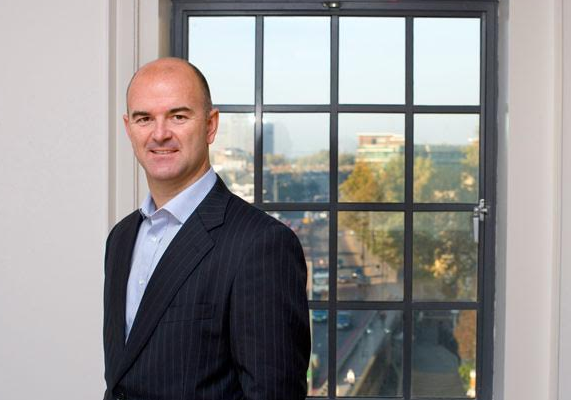Pure Profile facing battle for control with bid to depose chairman Andrew Edwards
Days after the ousting of its founder, digital research company Pure Profile is facing a boardroom showdown in an attempt to oust its chairman.
In an announcement to the ASX this morning, the company revealed that a former owner of Cohort Global, which Pure Profile bought in 2016, is seeking to eject executive chairman Andrew Edwards from the board.
As part of the sale, Cohort’s sellers received shares in Pure Profile. Under ASX rules, those who hold more than 5% of a company can trigger a meeting to seek the removal of an existing director. They are seeking to replace Edwards on the board with Cohort founder Marcelo Ulvert.



Should never have got rid of the founder and innovation genius in Paul Chan – he built the business, knows the market and understands data.
Could have saved Chan to help steer the company to a brighter future with real value exchange.
Would have seen them avoid this public mess which feels like it has a long way to go. Bet Paul Chan returns as Executive Chair…
Are you serious? Did you miss the part where Paul was the CEO when all of these decisions got made? Where’s the genius in that?
The ‘core’ business of Pure Profile has never made more than a nominal profit in its 10+ years of operation, and the decision to list was driven by hubris and ego, not good business sense.
Sparc was actually a pretty good deal, but integration was poorly managed, and programmatic arbitrage is a tough way to make $$s now so it’s a depreciating asset.
Paul was the architect of the (terrible) Cohort deal – they way overpaid for a decent business that was based on great salesmanship and very poor tech and strategic management, and completely misread the lead gen market. The signs were clearly there that with the Vet Fee rivers of gold legislated out of the market there was going to be a correction, and Cohort was (still is to some extent despite a round of redundancies) over-staffed with a high cost base.
Are you really telling us that Paul is the white knight who will save this business?
Oceania has issued a more detailed announcement on its reasons /rationale:
https://www.asx.com.au/asx/statistics/displayAnnouncement.do?display=pdf&idsId=01959114